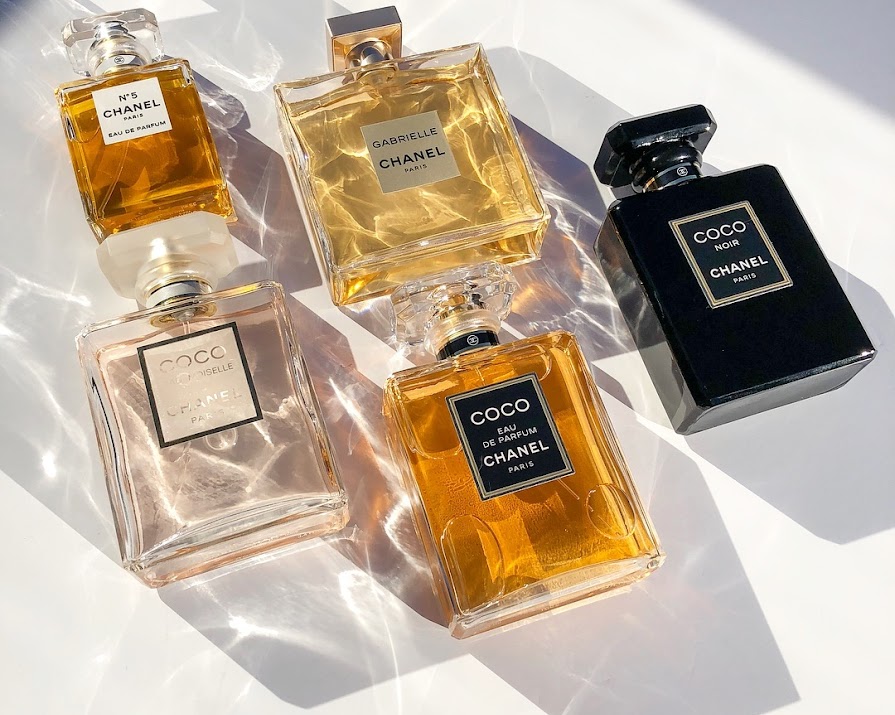In the world of fragrances, where every note tells a story, the barcode on a perfume bottle might seem like a mundane detail. However, hidden within those black and white lines is a unique identifier, a symphony of digits known as the Código de Barras Perfume. Beyond being a mere product code, it holds the key to unraveling the mystique behind your favorite fragrance. In this article, we delve into the significance of the barcode on perfume bottles and explore how it contributes to the intricate tapestry of the perfume industry.
The Birth of Código de Barras Perfume:
The Código de Barras Perfume, or perfume barcode, is part of a standardized system developed to streamline inventory management and sales processes. Created in the late 1940s and first implemented commercially in the 1970s, barcodes revolutionized the retail landscape. Initially used for groceries and everyday products, the system gradually extended its reach to encompass a diverse array of consumer goods, including perfumes.
The Structure of Código de Barras Perfume:
Each Código de Barras Perfume consists of a series of black and white parallel lines, along with numerical digits beneath the lines. These lines represent a unique code that is scanned by barcode readers to retrieve information about the product. The structure of the code adheres to international standards, ensuring compatibility across various retail platforms and geographic locations.
Decoding the Fragrance Pyramid:
Beyond its logistical purpose, the Código de Barras Perfume plays a role in communicating essential details about the fragrance it represents. The numerical sequence embedded in the barcode often corresponds to a product identification number, which can be cross-referenced with databases containing comprehensive information about the perfume.
For perfume enthusiasts, the barcode offers a gateway into understanding the fragrance pyramid, the olfactory architecture that defines a scent. The top, middle, and base notes, often listed on perfume packaging, can be further explored through the encoded information in the barcode. This decoding process allows consumers to gain insights into the composition of their favorite fragrances, fostering a deeper connection with the scents they choose to wear.
Authentication and Anti-Counterfeiting Measures:
In an era where counterfeit products pose a significant challenge to various industries, including perfumery, the Código de Barras Perfume serves as a crucial tool in the fight against unauthorized reproduction. Perfume manufacturers often incorporate advanced barcoding technologies and additional security features to create unique, tamper-evident codes that are challenging to replicate.
By implementing these anti-counterfeiting measures, perfume brands not only protect their intellectual property but also safeguard consumers from unknowingly purchasing substandard or potentially harmful imitations. The Código de Barras Perfume, therefore, becomes a symbol of authenticity and quality assurance in the ever-expanding market of fragrances.
Supply Chain Transparency:
The perfume industry, like many others, has witnessed a growing demand for transparency regarding the sourcing and production of its products. The Código de Barras Perfume contributes to this transparency by providing a digital trail that allows consumers, retailers, and regulatory bodies to trace a perfume’s journey from its creation to its placement on the shelf.
From the origin of raw materials to the manufacturing process and distribution network, the barcode encapsulates a wealth of information. This transparency not only instills confidence in consumers but also enables the industry to adhere to ethical and sustainable practices, aligning with the evolving expectations of a socially conscious market.
The Digital Era and Smart Barcoding:
As we enter the digital age, the role of the Código de Barras Perfume is evolving beyond its traditional functions. Smart barcoding technologies, such as QR codes and RFID (Radio-Frequency Identification) tags, are becoming increasingly integrated into perfume packaging. These advanced coding systems enable consumers to access augmented reality experiences, detailed product information, and even personalized recommendations through dedicated mobile applications.
Smart barcoding enhances the consumer experience, transforming the act of purchasing perfume into an immersive journey. By scanning the barcode with a smartphone, users can unlock a virtual realm that includes behind-the-scenes glimpses of the perfume-making process, exclusive content from perfumers, and interactive elements that deepen their connection with the brand.
Conclusion:
The Código de Barras Perfume, once a utilitarian aspect of inventory management, has evolved into a multifaceted tool that enriches the perfume experience for both consumers and manufacturers. From unraveling the fragrance pyramid to combating counterfeiting and embracing smart technologies, the barcode on a perfume bottle serves as a silent storyteller, weaving together the past, present, and future of the perfume industry. As we continue to explore the vast universe of scents, the Código de Barras Perfume remains a symbol of connectivity, authenticity, and the enduring artistry of perfumery.



